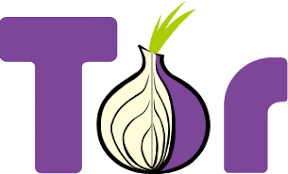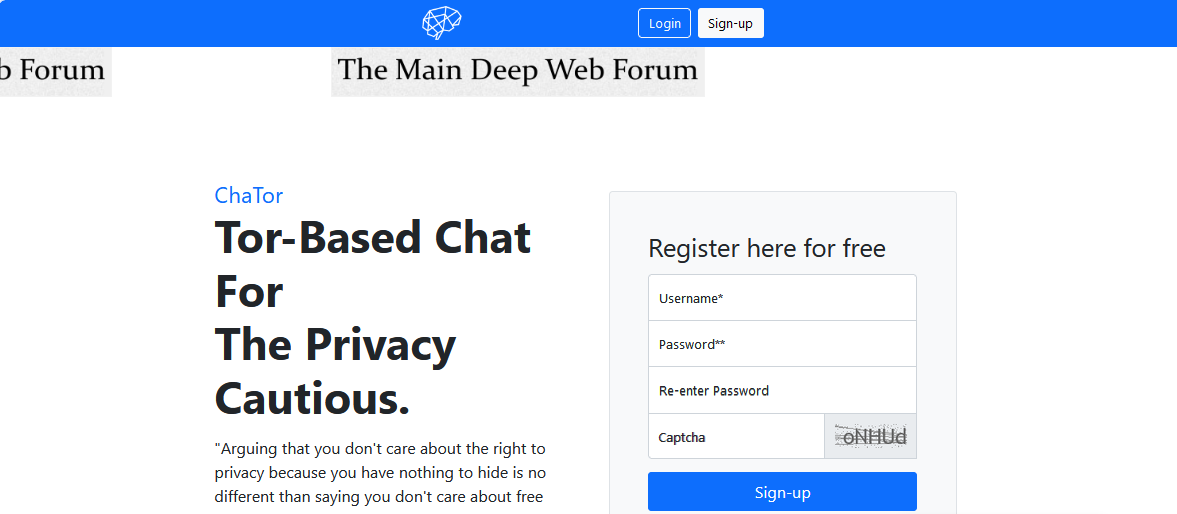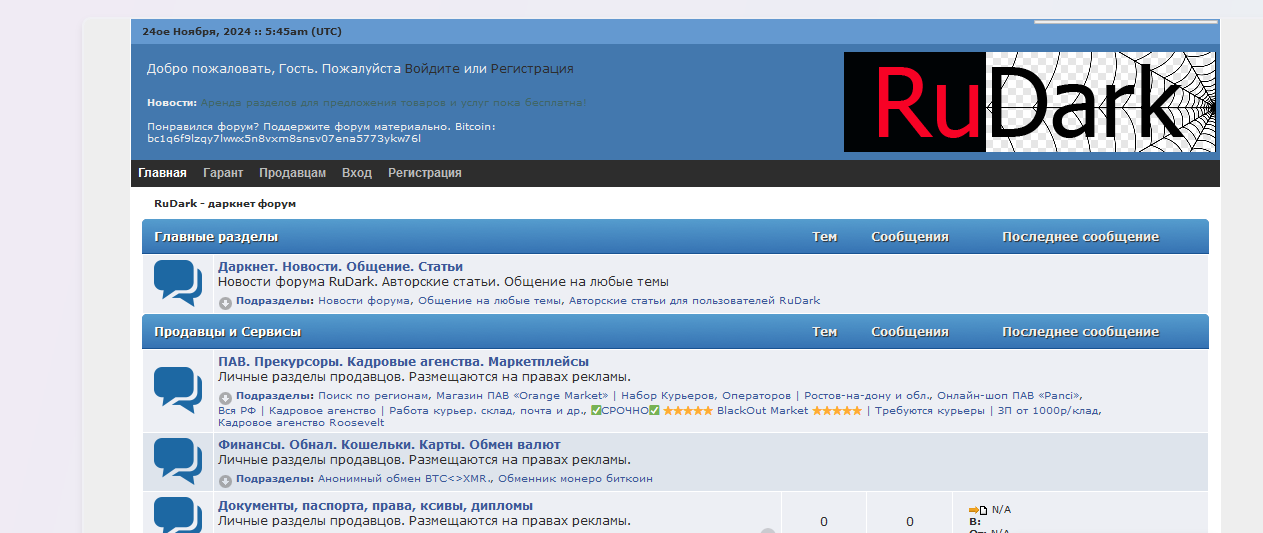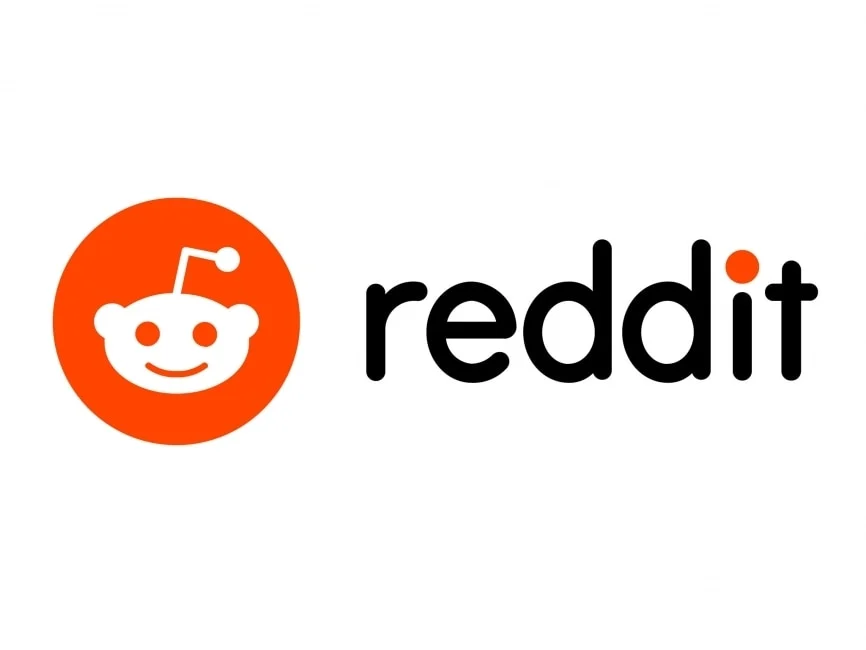Introduction to TorBook dark web chat
Torbook dark web chat is one of the notable platforms that have emerged on the dark web , a social networking site designed to provide a familiar interface for users while emphasizing confidentiality. Functioning within the Tor network, TorBook offers a unique environment where users can connect, share information, and engage in discussions without fear of surveillance or censorship.
The appeal of TorBook lies in its ability to attract individuals who prioritize anonymity, especially in an era where online privacy continues to be a concern. Users can create profiles, share posts, and interact through messaging features similar to familiar social networks, yet they do so behind the protective veil of encryption enabled by the Tor network.
Features of TorBook dark web chat : Connecting with the Onion Community
TorBook, the social media platform designed for the dark web, offers a multitude of features that mirror those found on more conventional platforms like Facebook. These functionalities facilitate robust social interaction and community engagement, tailored specifically for users navigating the opaque corridors of the onion network. One of the core aspects of TorBook is its ability to allow users to post pictures and videos. This multimedia integration enhances user experience, making interactions more dynamic and expressive. Users can easily share snapshots of their lives or videos that resonate with the communities they are part of, thus enriching the tapestry of communication within the platform.
Further strengthening this community aspect is the option to create and join groups. Within TorBook, users can establish groups focused on specific interests, hobbies, or even on collaborative projects. This fosters a sense of belonging and aggregates individuals around common themes, making it easier to find like-minded people. Moreover, these groups often operate under strict privacy controls to ensure that discussions remain confidential, adhering to the platform’s commitment to user safety and anonymity.
Additionally, TorBook incorporates engagement mechanisms such as polls. These features allow users to gauge opinions or gather feedback from their peers, creating a participatory environment that encourages collective decision-making. Polls can range from light-hearted topics to critical discussions that concern the onion community, reflecting the diverse interests of its users.
The design of TorBook prioritizes privacy and data protection, employing various methods to safeguard user information. This approach underpins all functionalities, ensuring that members of the onion community can engage freely and securely. By incorporating these essential features, TorBook establishes itself as a vital social platform within the unique context of the dark web.
Navigating Privacy and Safety on TorBook dark web chat

Utilizing TorBook, a social networking platform situated within the dark web, demands a heightened awareness of privacy and safety. As users navigate this discreet corner of the internet, anonymity becomes paramount. The design of the Tor network inherently provides a degree of privacy by encrypting user traffic and routing it through multiple nodes. However, users must actively engage with additional measures to fortify their safety while using TorBook.
Firstly, employing strong and unique passwords is crucial. Users should also consider enabling two-factor authentication when possible, reinforcing their accounts against unauthorized access.
TorBook has implemented numerous policies aimed at fostering a secure user experience. Users should remain vigilant and report any suspicious activities or accounts, facilitating the maintenance of a safe environment for all members. It is also essential to educate oneself about the potential risks associated with sharing information online. Missteps in this area can lead to detrimental consequences, including exposure of identity or unwanted attention.
By being proactive in these aspects, users can significantly enhance their safety while benefitting from the unique opportunities that TorBook offers within the dark web ecosystem.
The Future of Social Networking on the Dark Web
The dark web has become a significant area for social networking, largely due to the demand for privacy and anonymity that mainstream platforms may not provide. One of the most notable platforms that has emerged is TorBook, which seeks to replicate the familiar social media experience while prioritizing user anonymity. As we look towards the future, it is essential to consider several trends that may shape the landscape of social networking on the dark web, particularly with respect to platforms like TorBook.
More individuals are becoming increasingly concerned about data security, leading them to seek out platforms that respect their anonymity. As regulations related to privacy and data protection tighten globally, many users may feel compelled to migrate to TorBook and similar platforms, fostering a community centered around secure communication.
Moreover, innovation within the dark web ecosystem may further enhance user experiences. Future iterations of platforms like TorBook might integrate advanced encryption techniques, enabling safer interactions among users. Additionally, the emergence of decentralized social networks could combat censorship and authoritarian monitoring, making dark web platforms more appealing to users seeking a free and open space for discussion. However, while these developments may open new avenues for positive engagement, it is essential to remain cautious about potential misuse of these platforms.
Overall, the evolution of social networking platforms like TorBook will likely reflect the ongoing global discourse on internet freedom, privacy rights, and safety. As users pursue digital spaces that offer security and community, the future may indeed reveal an expanded and more robust ecosystem for social networking on the dark web. In conclusion, while the path forward presents various challenges, the potential for growth and positive user engagement remains significant.










